PPT-Low Demand Program Evidence Base and Evaluation
Author : pasty-toler | Published Date : 2019-11-19
Low Demand Program Evidence Base and Evaluation 1 M Scott Young PhD Research Assistant Professor University of South Florida Paul Smits LCSW Senior Policy Analyst
Presentation Embed Code
Download Presentation
Download Presentation The PPT/PDF document "Low Demand Program Evidence Base and Eva..." is the property of its rightful owner. Permission is granted to download and print the materials on this website for personal, non-commercial use only, and to display it on your personal computer provided you do not modify the materials and that you retain all copyright notices contained in the materials. By downloading content from our website, you accept the terms of this agreement.
Low Demand Program Evidence Base and Evaluation: Transcript
Download Rules Of Document
"Low Demand Program Evidence Base and Evaluation"The content belongs to its owner. You may download and print it for personal use, without modification, and keep all copyright notices. By downloading, you agree to these terms.
Related Documents


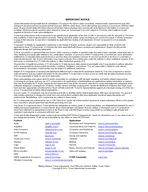

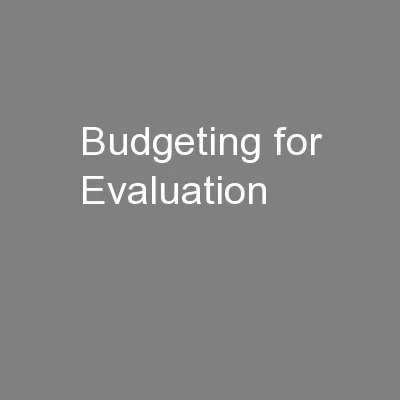
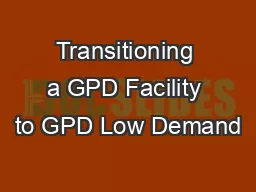
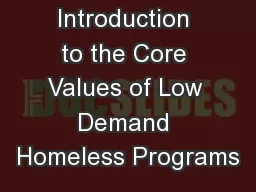

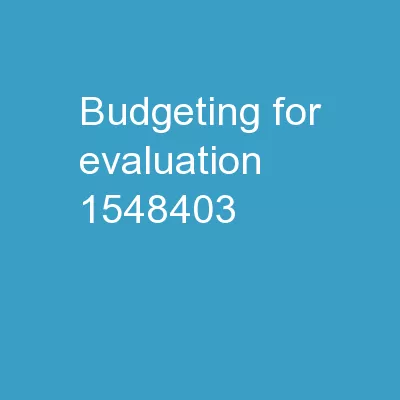
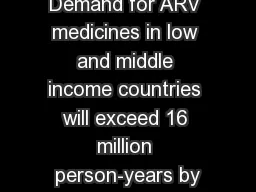

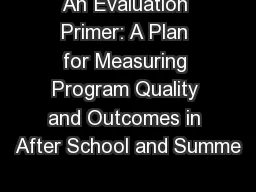
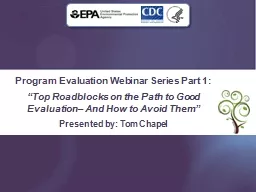
![[READ] Low Carb: Low Carb Weight Loss Secrets Box Set (Dash Diet, Slow Cooker Meals, Low](https://thumbs.docslides.com/881235/read-low-carb-low-carb-weight-loss-secrets-box-set-dash-diet-slow-cooker-meals-low-carb-cookbook-low-carb-recipes-low-car.jpg)
